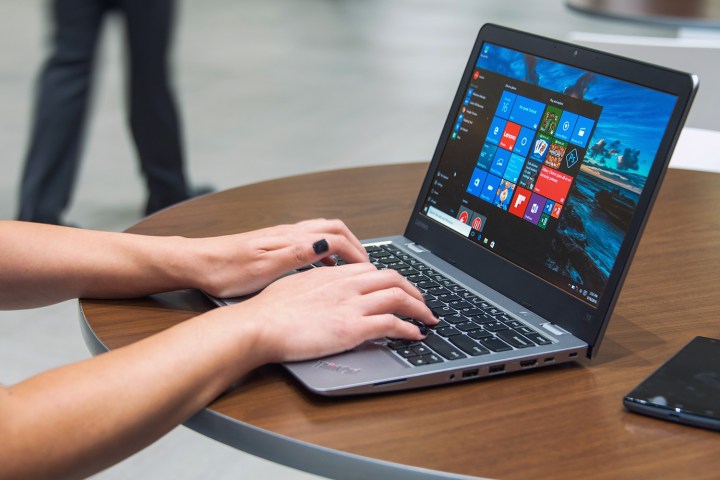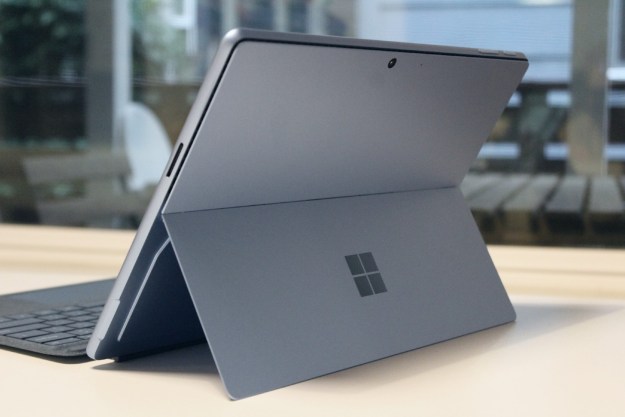
In May, a moderator on the Microsoft Answers forum asked users whether they were looking for a “simple and easy way to start fresh with a clean installation of Windows.” The mod went on to note that such a tool was in the final stages of development, and reiterated how “easy” it would make the process.
The post ends with the suggestion that Microsoft would turn to the community for feedback once the tool was ready to go public. It seems like the time is now, as the utility has been unearthed on the Microsoft website.
Twitter user @h0x0d was responsible for the find, according to a report from WinBeta. While Microsoft hasn’t added an official landing page just yet, the utility is available for download straight from the source by following this link.
However, the utility won’t be of use to everyone, as any systems running the standard version of Windows 10 will receive an error message reading “this tool can’t run on this PC.” Only members of the Insider program who are previewing the Redstone version of the OS can successfully refresh their Windows install with the utility right now.
The Refresh Windows Tool seems to be a potent option for anyone looking to clean up their system and remove unnecessary content. Users can opt to keep their personal files untouched, or do a complete refresh that leaves only the OS itself intact.
Editors' Recommendations
- Microsoft announces a new threat to push people to Windows 11
- How to adjust screen resolution in Windows 11 and older
- Windows 11 vs. Windows 10: finally time to upgrade?
- Windows 11 24H2 or Windows 12? Here’s what’s coming soon
- Beware! The latest Windows 11 update might crash your PC


